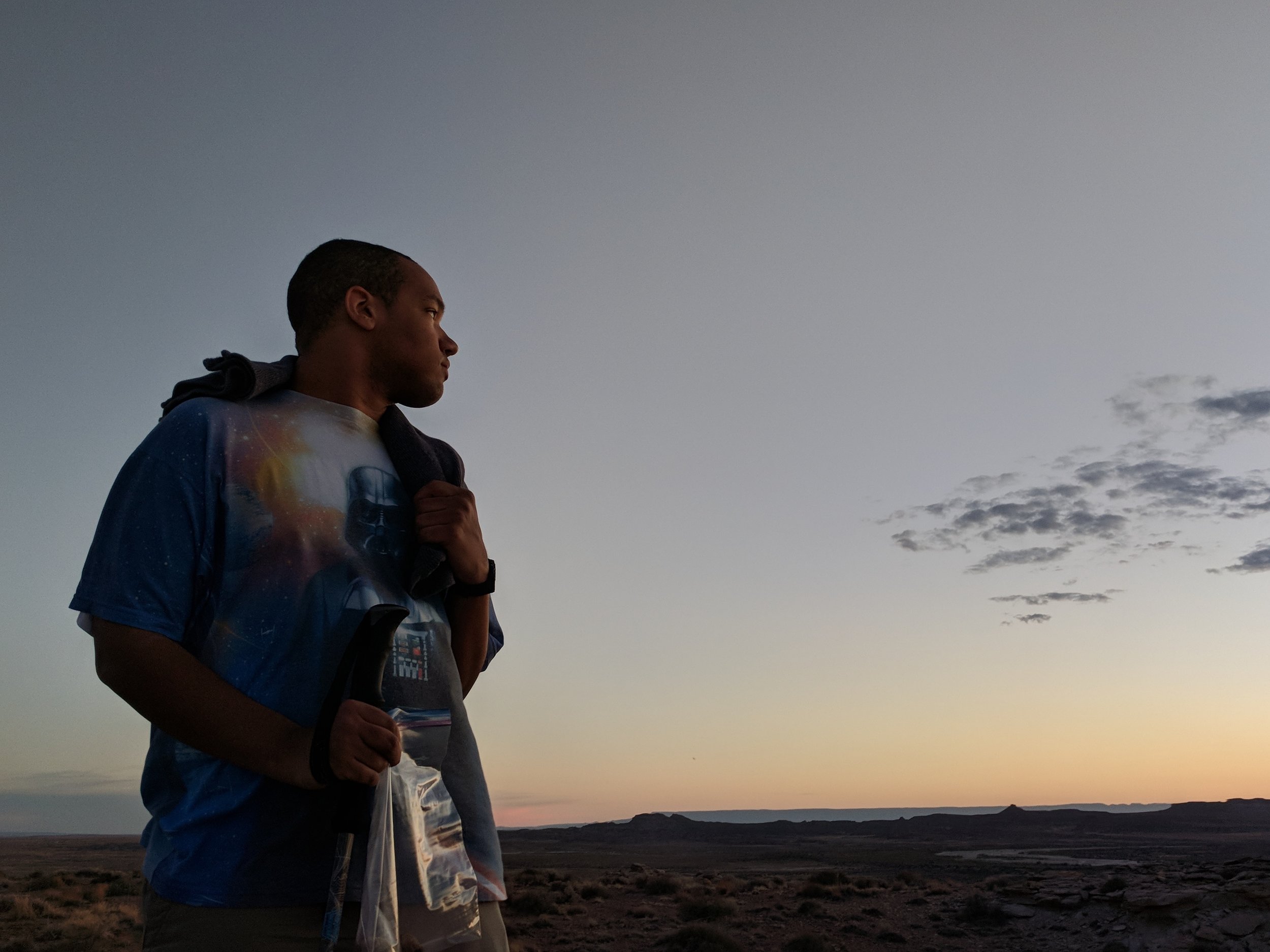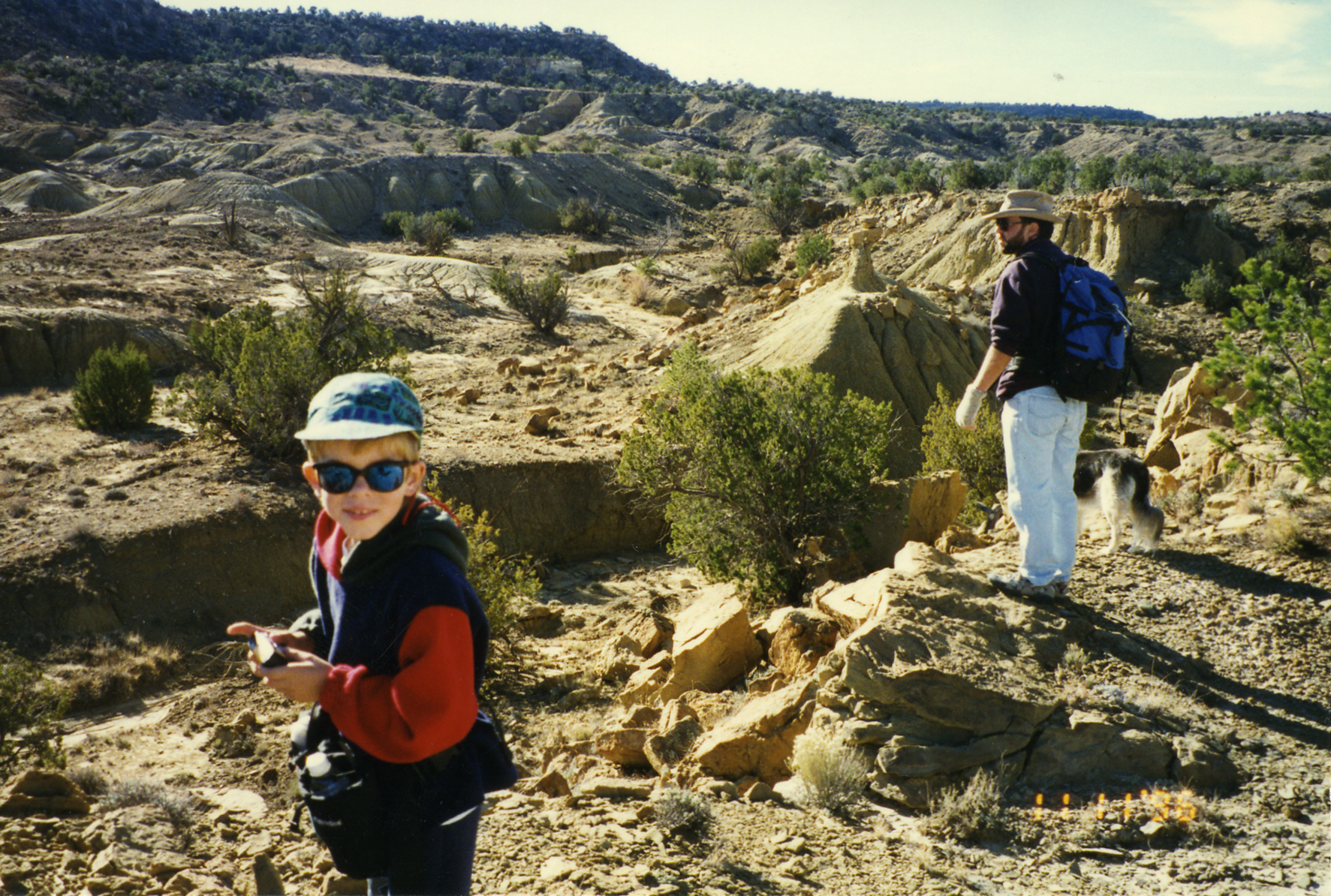
Mission
ZDIG provides field-based opportunities for student volunteers and citizen scientists to engage in Earth Science research and exploration from discovery to visualization. This includes taking the field experience to students, senior citizens and others who cannot easily access remote locations.
Dinosaur paleontology inspires young students and life-long learners to develop an ethic of stewardship, an understanding of the Scientific Method and the geologic processes that shaped both ancient and modern Earth.
Goals
ZDIG seeks to provide opportunities for citizens of all ages and abilities to get in touch with the Earth by engaging in the Scientific process. Through educational curriculum, research publications, museum exhibits, Public presentations, games and activities our goal is to provide information critical to future generations.
01.
–Education
ZDIG promotes Earth Science Education for teachers and students through direct participation.
Connect critical thinking, leadership, and academic skills to questions and challenges in the natural world.
Develop a culture of stewardship and ethical practice.
02.
–Research
ZDIG research involves multiple academic partners and disciplines contributing to the scientific record in Natural History.
On the trail to new dinosaurs, we also explore expanding oceans during a greenhouse world, mass extinction, and the geology that defines our modern Earth.
03.
–Conservation
Much of our work depends on access to public lands, the museum environment, and the distribution of results and data in the Public record.
We seek to promote conservation, documentation, and appreciation of natural, cultural, and historical resources.
04.
–Public Benefit
Citizens educated about Natural History, develop educational skills to promote career and community development.
We look to provide Community benefits via museum exhibits, open-access publications, education to all, and pride in the remarkable history of our lands.
“The best day of my life. My John Wayne Moment.”
Thomas D. | ZDIG Field Program Participant

History
90 Million Years Ago, during the middle part of the Cretaceous Period, rising seas covered and concealed formerly connected land areas across the Globe, shrinking the habitat available to terrestrial animals in many places. Due to the rarity of dinosaur fossils, this part of geologic time has been termed the Middle Cretaceous Dinosaur Gap.
In the Zuni Basin of Arizona and New Mexico, the intersection of rising oceans, wandering continents, and emerging mountains, preserved livable habitat for new groups of dinosaurs along the shoreline of an inland sea. The Zuni Dinosaurs, discovered by Doug Wolfe and fellow explorers in 1996, were the smaller ancestors of familiar late Cretaceous giants, helping to narrow the middle Cretaceous Dinosaur Gap, while also changing previous theories of dinosaur evolution.
Doug Wolfe first became acquainted with the Zuni Basin during the 1980’s while a student at the University of Colorado. After conducting a survey of paleontological resources in western New Mexico with research partner James Kirkland, the area became the subject of Wolfe’s graduate work at CU. Following short positions teaching at the University of Nebraska, conducting exploration geology in the Atlas Mountains of Morocco, and consulting in northern California, Doug and family moved to Phoenix AZ, where he started a successful career as a consulting environmental geologist, while continuing the study of Zuni Basin geology. In 1995 Doug became an adjunct curator at the Mesa Southwest Museum (now Arizona Museum of Natural History), and with the support of fellow researchers and museum volunteers (Southwest Paleontological Society), the Zuni Basin Paleontology Project (ZBPP) began in earnest.
On Labor Day in 1996, after weeks of searching remote Moreno Hill Formation exposures, research associate Robert Denton located some of the first identifiable vertebrate fossils. On November 11th, Wolfe and family camped in a new exploration area and woke to discover an incredible hidden badlands exposing several partial dinosaur skeletons. After a day of multiple discoveries, 7-year old Chris Wolfe, discovered three pieces of bone that Doug re-assembled into a piece that clearly resembled a smaller version of the “brow” horn on dinosaurs like Triceratops. At that point in history, however, no “horned” dinosaurs, the Ceratopsians, were known from the middle Cretaceous in North America. The discoveries of November 11, put Zuniceratops christopheri and the Zuni Basin Paleontological Project on the map of dinosaur history, changed the story of middle Cretaceous dinosaur evolution, and migration routes between continents.
In 1997, the Wolfe Family and Jim Kirkland began leading tours to the Zuni Basin with Dinamation International, giving participants the opportunity to contribute to scientific discovery. In 1998 Zuniceratops christopheri was formally named (Wolfe and Kirkland, 1998). The name means, “Christopher’s Horn-Faced Dinosaur from Zuni”. “Z-tops” is the oldest “horned” ceratopsian dinosaur in North America. The importance of the Zuniceratops, and the narrative of childhood discovery led to a number of press and media events, including the Tonight Show in October, 1998; and a 30- minute feature on the Zuni Dinosaurs in the documentary, When Dinosaurs Roamed America in 2001.
In 2001 Kirkland and Wolfe named Nothronychus mckinleyi, first of the bizarre sickle-clawed Therizinosaurs to be named in North America.
In 2005 Wolfe was joined by then student Andrew McDonald in the search for new fossil-bearing outcrops to narrow the Middle Cretaceous Dinosaur Gap. In 2010 McDonald, Kirkland and Wolfe published the new Zuni Duck-billed dinosaur, Jeyawatti rugoculus. In 2011 Wolfe, McDonald, students from the University of Pennsylvania and supporters from the Southwest Paleontological Society and Venture Crew, began exploring the Menefee Formation (80my) of western New Mexico. Recent discoveries from the Menefee Formation include a new armoured nodosaur dinosaur Invictarx zepheri, (McDonald & Wolfe 2018) and a new carnivorous Tyrannosaur Dynamoterror dynastes, (McDonald, Wolfe & Dooley 2018). Other Menefee discoveries include turtles and giant crocodiles, and recently excavated dinosaur fossils currently under study.
In 2014 the Wolfe Family opened the White Mountain Dinosaur Exploration Center (WMDEC) in Springerville, AZ to focus more closely on the Zuni Basin and Menefee research projects; and to share those discoveries with the local Community and visitors through Museum exhibits, educational programs, field tours, and participation in community events. Much of our program involves taking educational programs and travelling exhibits to schools and educational groups that have little access to science education or museums.
In 2018, the Zuni Dinosaur Institute for Geosciences (ZDIG) was formed as a non-profit (501c3) foundation to better fulfill WMDEC’s mission making Earth Science and Natural History accessible to students, citizen scientists, and the Public; Exploring the Past to Serve the Future.
ZDIG needs your support to expand our ability to put students and citizens in touch with the natural history of Planet Earth.
Ready to help?
Volunteer
Contribute Today
Donate


